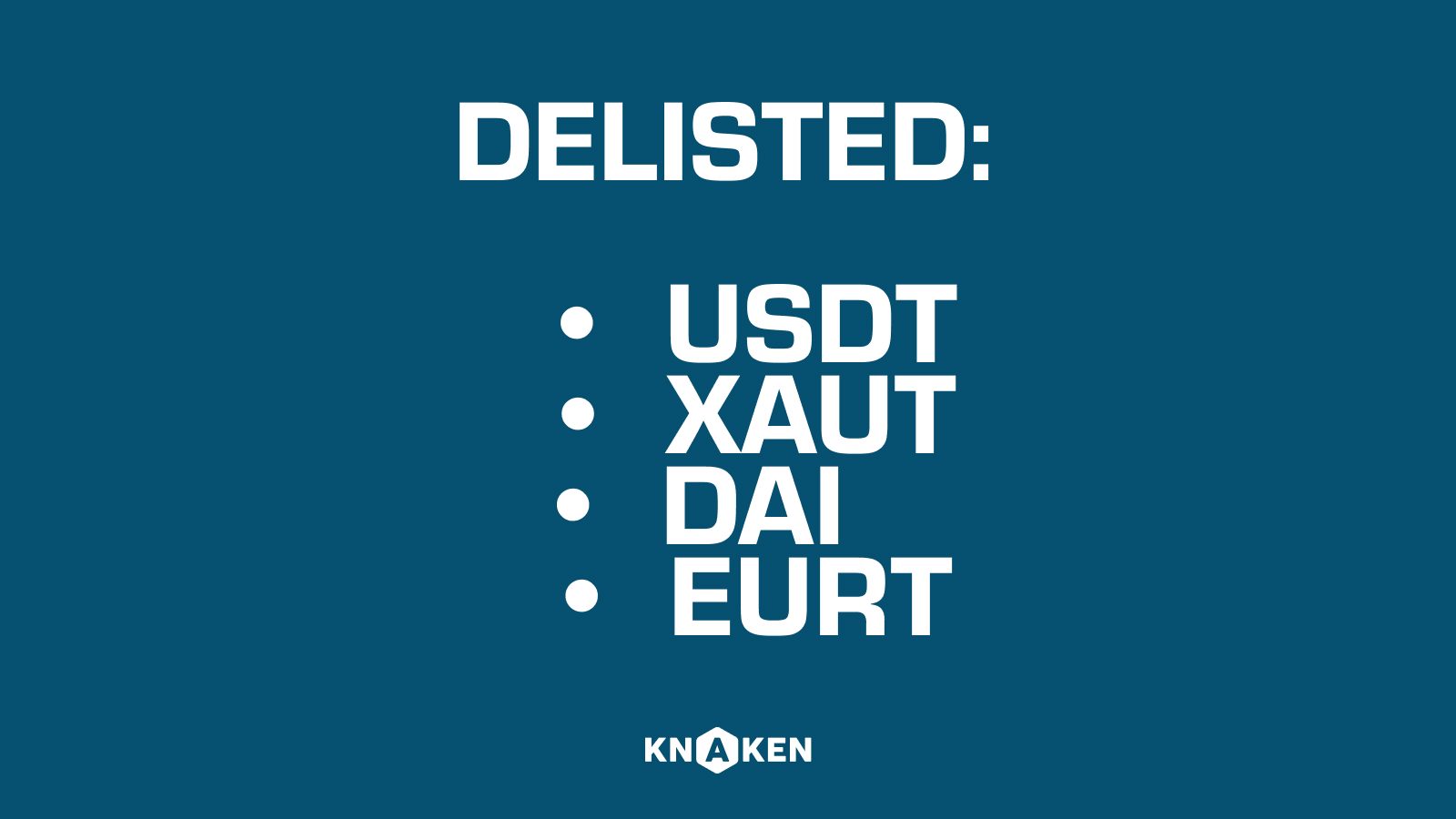Zk-SNARK
Introduction to Zk-SNARK
Zk-SNARK, which stands for **Zero-Knowledge Succinct Non-Interactive Argument of Knowledge**, is a groundbreaking cryptographic proof system that enables one party to prove to another that a statement is true without revealing any additional information beyond the validity of the statement itself. Zk-SNARKs are notable for their efficiency, compact size, and the non-interactive nature of the proofs, making them particularly suitable for various applications in the field of blockchain and privacy-preserving technologies.
Key Components of Zk-SNARK
Zk-SNARKs consist of three main components:
- Setup Phase: This initial phase creates a public and private key pair, which is used in generating and verifying proofs. It is crucial for ensuring the security of the entire system.
- Proving Phase: In this step, the prover generates a proof that a certain statement is true using the private key and the input data.
- Verification Phase: The verifier checks the proof against the public key and input data to confirm the validity of the statement without learning anything about the actual data.
How Zk-SNARK Works
The operation of Zk-SNARKs is based on complex mathematical concepts including elliptic curves and field arithmetic. The non-interactive nature is achieved through a technique called the **Fiat-Shamir heuristic**, which transforms interactive proofs into non-interactive ones by replacing the challenge-response mechanism with a hash function.
The key steps can be summarized as follows:
- Statement Generation: A statement is defined, which typically involves computations that can be verified without revealing the underlying data.
- Proof Generation: Using the knowledge of the secret input and the setup parameters, the prover generates a proof.
- Proof Verification: The verifier uses the received proof along with the public parameters to confirm the truth of the statement.
Advantages of Zk-SNARK
Zk-SNARKs offer numerous advantages:
- Privacy: They allow for transactions and computations to be verified without sharing sensitive information.
- Efficiency: Proofs are small in size and can be computed quickly, leading to faster transaction processing times.
- Non-Interactivity: Unlike traditional proof systems that require back-and-forth communication, Zk-SNARKs allow for a single proof transmission.
- Scalability: They enhance blockchain scalability by reducing the amount of data that needs to be stored and transmitted.
Applications of Zk-SNARK
Zk-SNARKs have various applications across multiple sectors, including:
- Blockchain and Cryptocurrencies: Used in privacy-focused cryptocurrencies like Zcash to ensure transaction confidentiality.
- Digital Identity: Enabling secure and private verification of identities without disclosing personal information.
- Voting Systems: Ensuring the privacy and integrity of votes cast in elections.
- Secure Data Sharing: Allowing entities to demonstrate possession of data without revealing the data itself.
- Compliance Verification: Offering a means for businesses to prove compliance with regulations without exposing their sensitive data.
Challenges and Limitations of Zk-SNARK
While Zk-SNARKs are revolutionary, they are not without challenges:
- Trusted Setup: The need for a trusted setup can be seen as a vulnerability, as its compromise could lead to the generation of false proofs.
- Complexity: The underlying mathematics can be complex, making it challenging for developers to implement securely.
- Performance: Although Zk-SNARKs are efficient, their performance can still be a concern in large-scale applications, particularly regarding proof generation times.
Conclusion
Zk-SNARK is an essential cryptographic innovation that empowers privacy and scalability in the digital age. Its ability to provide secure proofs without revealing sensitive information is invaluable across various domains, particularly within the realm of blockchain technology. As advancements continue to be made, it is likely that Zk-SNARKs will play an increasingly prominent role in enhancing data privacy and security in the digital landscape.


















